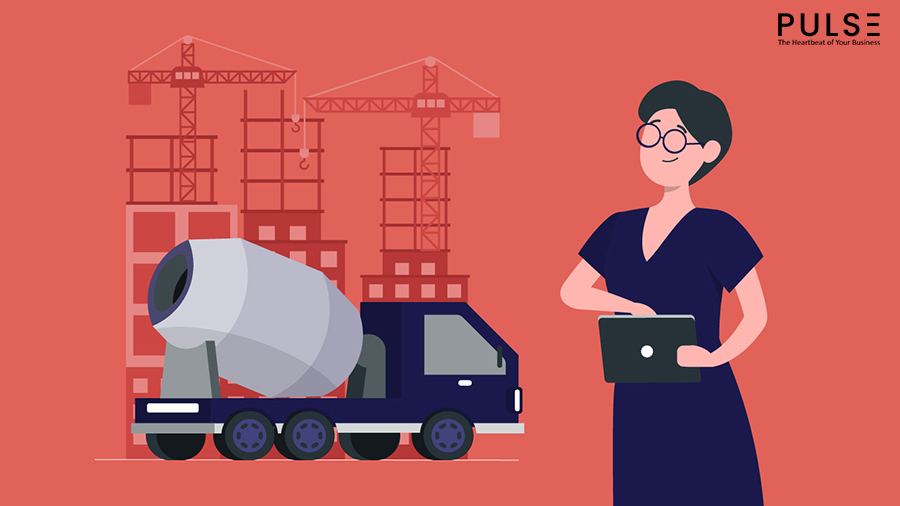Globally, incidents of injury and health hazard rates are significantly higher in the construction industry than in any other industry. For example, the Health and Safety Executive (HSE) estimated that about 4% of construction workers suffer from a work-related illness every year, while 3% suffer from a work-related injury. Owing to this, they constantly help develop preventive measures that will avoid significant harm and crisis.
Construction site employers must provide a safe work environment to every construction worker, as construction sites can be dangerous, hazardous, and toxic for them. Hence, organizations carry out safety audits to ensure the workplace is always a safe space for workers.
Types of Safety Audits in the Construction Industry
The three types of safety audits in the construction industry as follows:
1. Compliance audits
Compliance audits cover the most basic safety compliance checks in an organization. These audits help you track whether the safety measures comply with the land’s law and safety regulations.
The compliance audit ensures that the job site is free of risks and is safe from any crisis. It also provides an effective strategy in place in case of an emergency.
Failure to comply with these audits can result in hefty fines and a tarnished reputation.
2. Program audits
Program audits cover the programming aspect of the job, ensuring that your operations are safe and secure by evaluating your processes. These audits can also find gaps in your internal processes.
In simpler words, program audits track and check that your operations are running smoothly and all tasks are being carried out while maintaining security.
This can include various methods such as logging incidents, investigating incidents, determining the cause, and improving the existing policies so that the incident doesn’t repeat itself.
3. Management system audits
Management system audits, also known as the overall audit, keep track of the compliance and program audits. If the above two audits may have a mishap or misread, management system audits to ensure that their practices are carried out efficiently and that any safety compliances are entirely adequate and risk-free.
Management system audit simply checks whether the safety compliances are on par with the company’s practices.
Now that you have a basic idea of the construction industry’s three types of the compliance audit, it’s time you know their importance.
Importance of Safety Audits in the Construction Industry

Safety auditing is a vital measure that organizations must take to ensure that the organization is meeting the required health and safety compliances.
Some risks construction workers might face are:
- Falls from heights,
- Improper use of dangerous equipment,
- Electric shock,
- Trench collapse, etc.
It’s a given that the above factors are critical and even life-threatening. This is why safety audits at the construction site are a must.
A construction safety audit reviews the safety measures at the job site. This includes the safety of the site, as well as actions that are taken to prevent injury.
Carrying out regular audits is crucial for any organization, but most importantly for the construction industry. Safety auditing consists of:
- Assessment of the health and safety of an organization
- Pinpointing areas of improvement
- Analyzing on-site conditions
- Assessing safety measures
Some examples of the above steps within the construction industry include:
- Containment of hazardous substances
- Proper storage of hazardous waste
- Ensuring that an effective emergency strategy is in place
- Ensuring that first aid is available at all times
- Fall protection measures
- Planning out of evacuation routes in case of a crisis
- Ensuring the availability of appropriate lighting as well as appropriate storage of all materials
- No exposed electrical wires
- Ensuring that essential signs are visible and in place
Employees become more aware of environmental laws and carry out processes accordingly when safety compliance steps are taken.
The organization also benefits by increasing the construction workers’ operational efficiency while reducing labor and overhead costs.
But carrying out manual safety checks can be a tedious process and might not give exact results. Especially in the construction industry, having exact results is crucial to ensure no one’s life is at stake.
What if we told you that now your organization can carry out easy and safe audit inspections too?
Pulse is an advanced safety compliance and auditing tool that, in simple words, adds simplicity to safety compliance.
With digital checklists, easy to carry out processes on a mobile app, super-intuitive UI, lightning-fast integration with various tech stacks, and excellent user support, safety compliance is at the tip of your fingers.
Connect today for more information on how Pulse can streamline your safety compliance and auditing!
